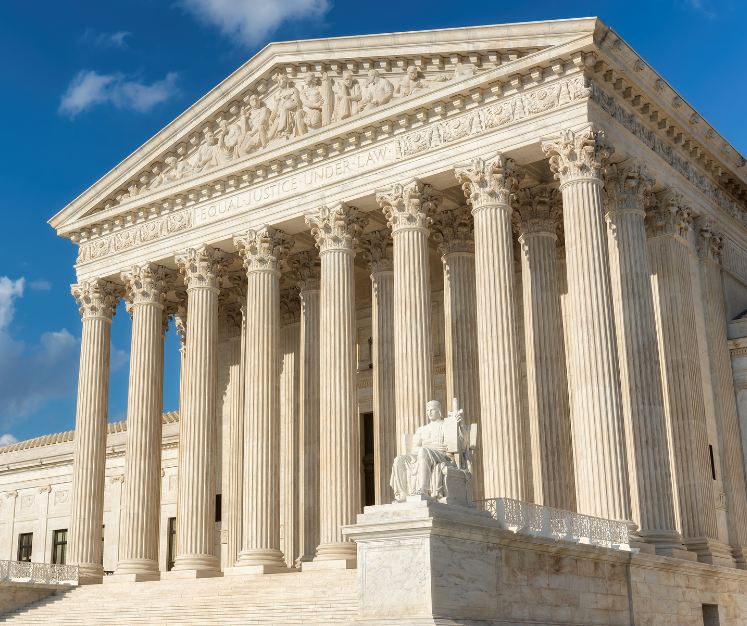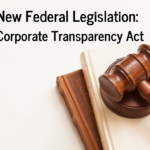
Employers breathed a collective sigh of relief as the United States Supreme Court issued an order stopping enforcement of OSHA’s Emergency Temporary Standard (ETS) requiring employees at private employers with 100 or more workers be vaccinated for COVID-19 or else wear face masks and be tested weekly. The ETS, which went into effect on January 10th after surviving legal challenges in the lower courts, was estimated to cover more than 80 million employees.
ETS Timeline
The ETS was published on November 5th, 2021, and immediately faced legal challenges from across the country. On November 6th, the Fifth Circuit Court of Appeals issued a stay preventing the ETS from taking effect. On November 12th, the Fifth Circuit called the ETS unlawful and likely unconstitutional in its opinion affirming the stay. Legal challenges were then consolidated and sent to the Sixth Circuit Court of Appeals to issue a decision after it won a multi-circuit lottery.
On December 16th, a three-judge panel of the Sixth Circuit ruled 2-1 to reinstate the ETS. Following its reinstatement, OSHA announced that the ETS would go into effect on January 10th.
The Sixth Circuit’s decision was immediately appealed to the U.S. Supreme Court. Oral arguments were heard before the Supreme Court on January 7th. The ETS went into effect on January 10th.
The Supreme Court’s Decision
The Supreme Court ruled 6-3 against upholding the ETS. In its unsigned opinion, the majority found that the ETS’s broad approach to combating COVID-19 went beyond OSHA’s regulatory authority bestowed upon it by Congress. Although the majority noted that OSHA could draft targeted regulations “where the virus poses a special danger because of the particular features of an employee’s job or workplace,” it ruled that “OSHA’s indiscriminate approach fails to account for this crucial distinction – between occupational risk and risk more generally – and accordingly the mandate takes on the character of a general public health measure, rather than an occupational safety or health standard” as required by law.
In their dissent, the Court’s liberal Justices Stephen Breyer, Elena Kagan, and Sonia Sotomayor criticized the conservative majority’s decision, alleging that it “stymies the federal government’s ability to counter the unparalleled threat that COVID-19 poses to our Nation’s workers” and “undercuts the capacity of the responsible federal officials, acting well within the scope of their authority, to protect American workers from grave danger.”
Impact on Employers
The Supreme Court’s order immediately stays enforcement of the ETS and remands the case to the Sixth Circuit to determine whether OSHA has the authority to promulgate the ETS. The Sixth Circuit will need to determine a briefing and argument schedule. Depending on how quickly the Sixth Circuit moves, its decision may be rendered irrelevant, as the ETS is set to expire on May 5th, 2022.
The Supreme Court’s decision does not impact any requirements in place at the local and state level that may affect employers. Employers are also still generally free to adopt policies requiring employees to be vaccinated, subject to applicable exemptions.
For additional information on this or any related topic, please contact any of the KDDK labor and employment law professionals.






